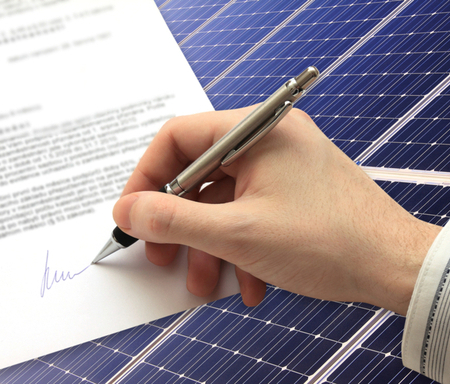
Asia demands a granular approach in a volatile world
The world had barely regained its feet after the COVID-19 pandemic when war broke out in Ukraine, pitching nations back into economic difficulties again.
The world had barely regained its feet after the COVID-19 pandemic when war broke out in Ukraine, pitching nations back into economic difficulties again.
As noted by Pierre-Olivier Gourinchas, Economic Counsellor and Director of Research at the International Monetary Fund: “Just as a durable recovery from the pandemic-induced global economic collapse appeared in sight, the war has created the very real prospect that a large part of the recent gains will be erased.”
Rising inflation and interest rates pose multiple challenges for real estate investors, such as rising debt and construction costs, which may lead to potential asset repricing.
Europe has been hardest hit, suffering spiking fuel and food prices, a wave of refugees and, in some cases, the costs of supporting Ukraine. Meanwhile, similar problems assail the US, exacerbated by the government’s persistence in diminishing use of fossil fuels.
Asia has escaped the worse macroeconomic effects of the war. Inflation here is low compared with Europe, where eurozone inflation reached 8.1% in May, according to Eurostat.
However, regional figures mean little in a region as heterogeneous as Asia Pacific and inflation in major economies varies from 2.1% in Japan to 7.04% in India. And, while Asian nations are not so exposed to war in Ukraine, China, the region’s largest economy, is still battling the COVID pandemic.
“At the best of times, a blanket approach to investing in Asia Pacific makes little sense,” says Simon Smith, head of Asia Pacific research and consultancy at Savills. “In the current market, we recommend a granular approach to investing. There are real estate opportunities in every market, however they require careful analysis.”
He cites the office sector, which is considered inflation-resistant in Asia due to shorter lease terms. “Enthusiasm for working from home varies widely across the region and those nations which are quickest in finding a post-pandemic normal are likely to offer the best opportunities.”
Office markets are facing challenges due to the need for ESG compliance and staff demands for better workspaces; we expect to see a pick up in the pace of retrofits and redevelopments.
The investor’s favourite sector, logistics, thrived throughout the pandemic and continues to benefit from growing e-commerce, homeworking and supply chain disruption. However, record low cap rates mean the sector could be most vulnerable in the markets which have attracted the most capital.
The New Economy sectors of life sciences and data centres are attracting investor interest across the region. Smith says: “These relatively new sectors have strong secular drivers and enable investors to look past current upheaval.”
Life sciences real estate is thriving, but in a limited number of clusters, mainly found in China, India and Singapore.
Data centres in developed markets are most popular with investors, however the opportunity in emerging market could be huge. “For example, there are more data centres in Australia than in India,” says Smith.
One factor that is consistent across the whole Asia Pacific region is rising construction costs, which may slow the pace of development. “This should aid owners of existing assets,” says Smith, “supply growth is likely to slow across the region.”
Further reading:
Savills Asian Cities Report H1 2022



